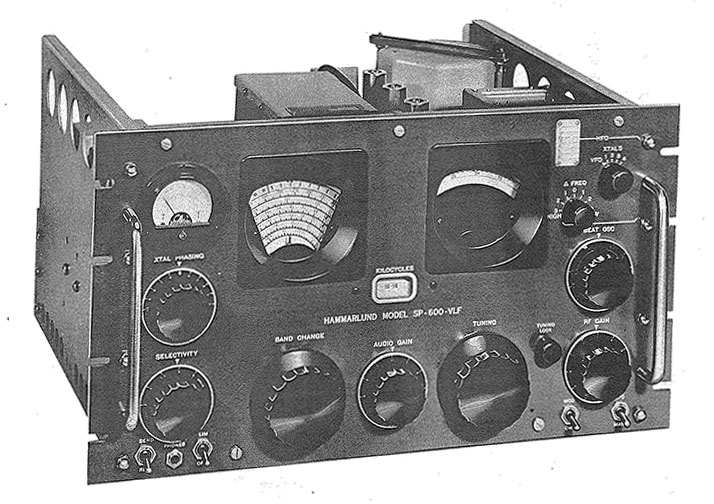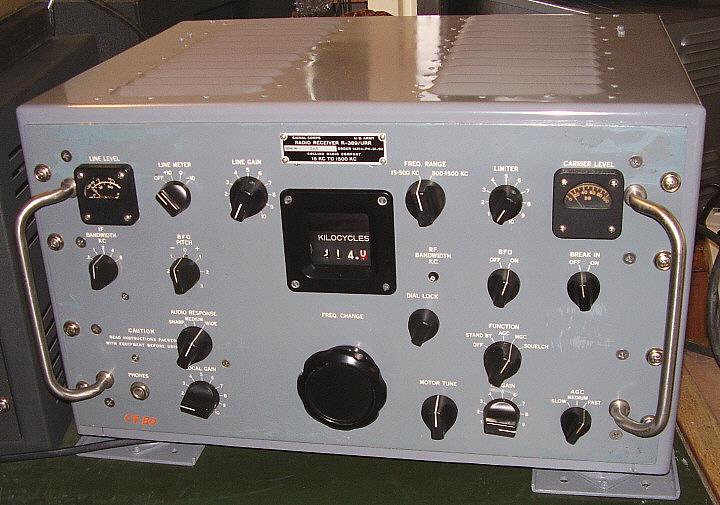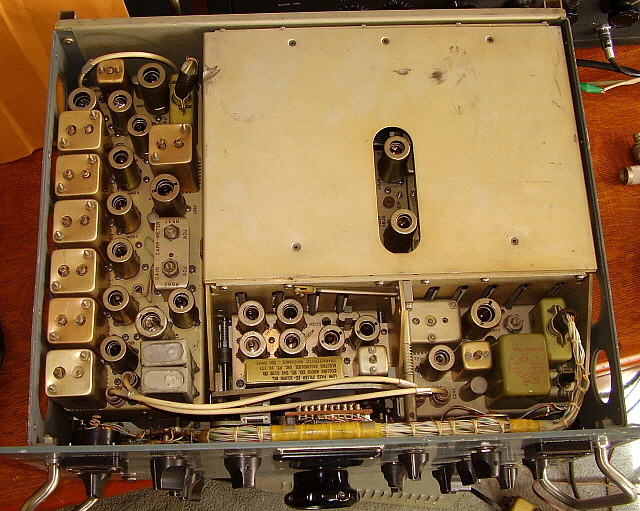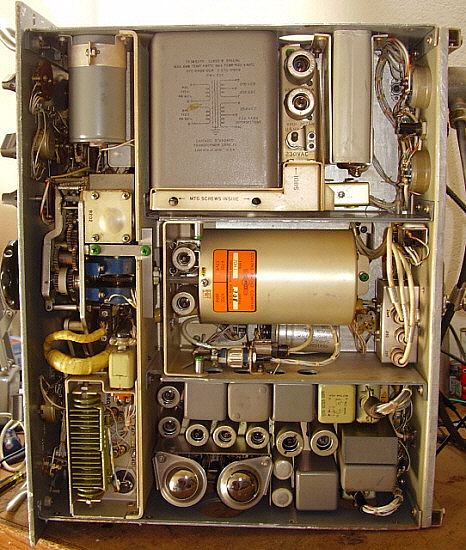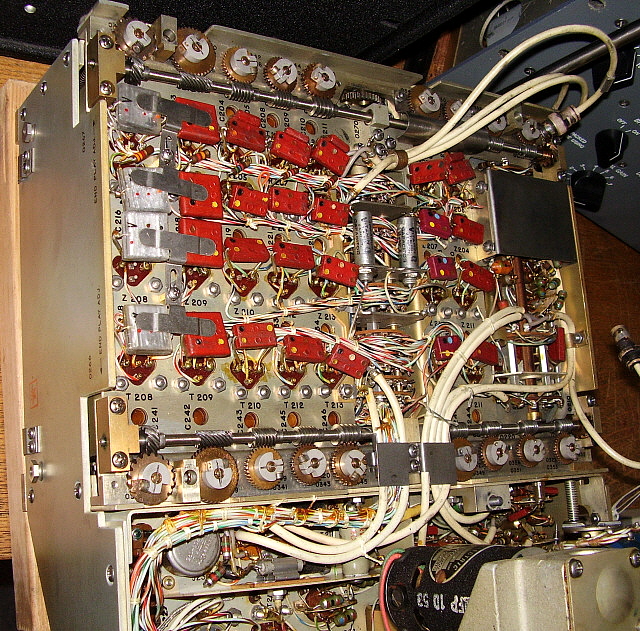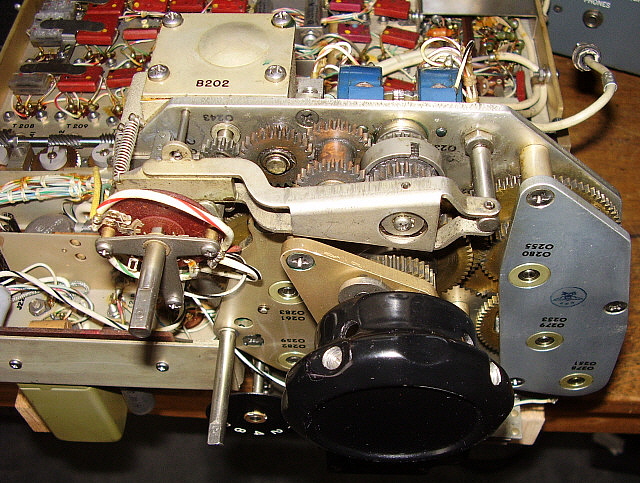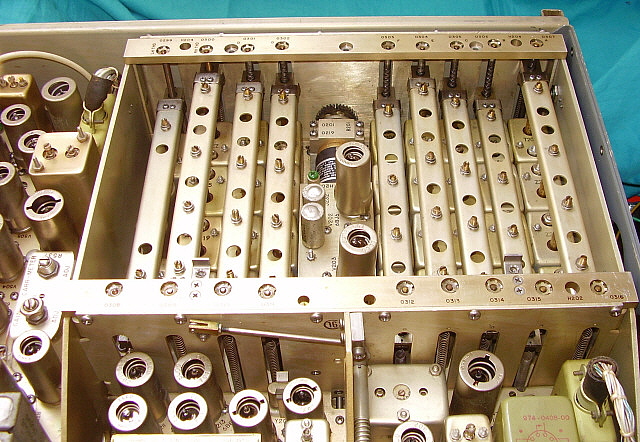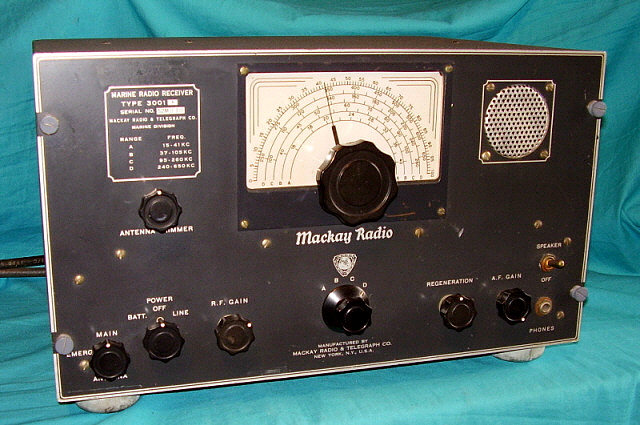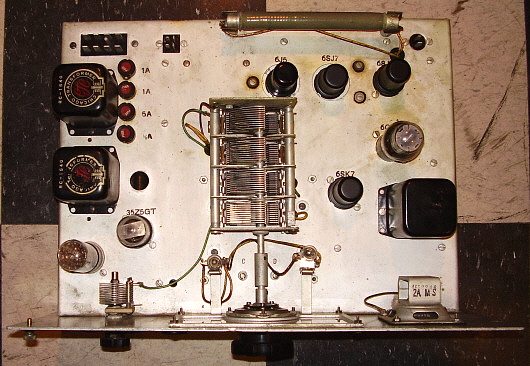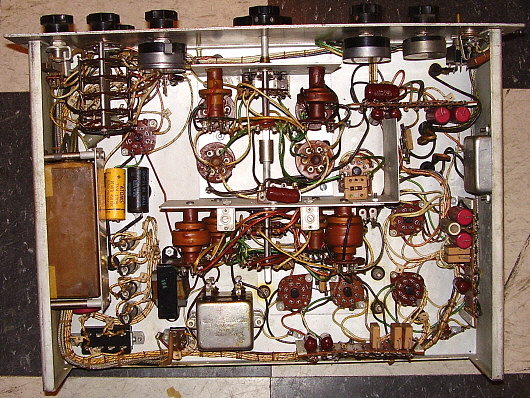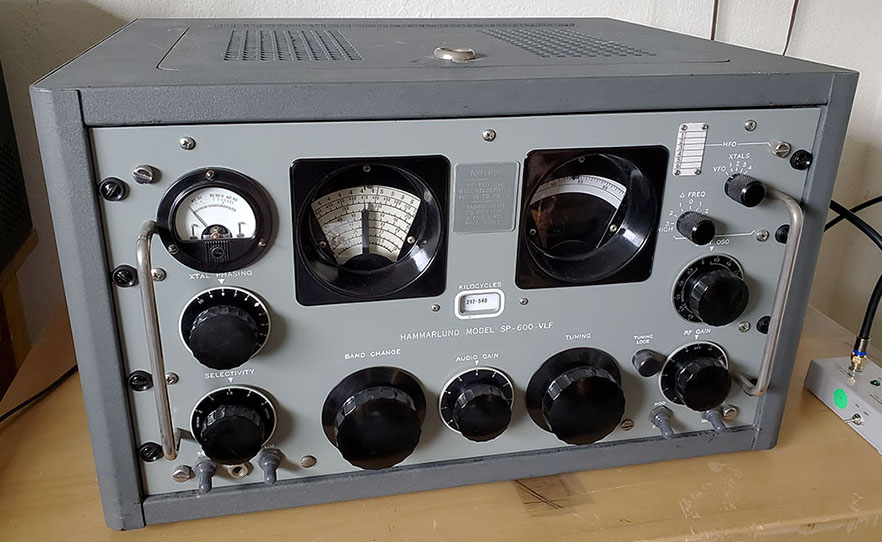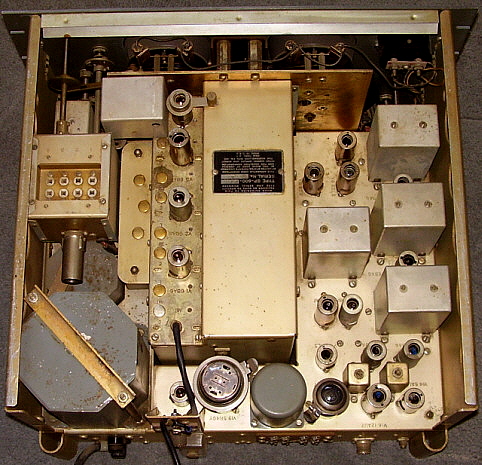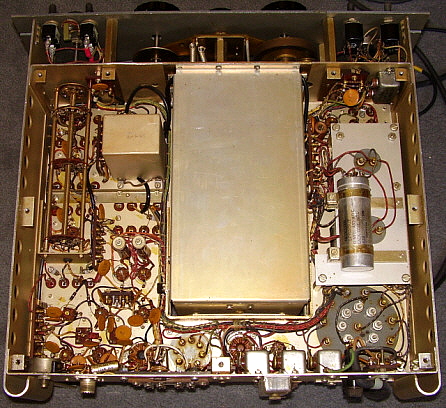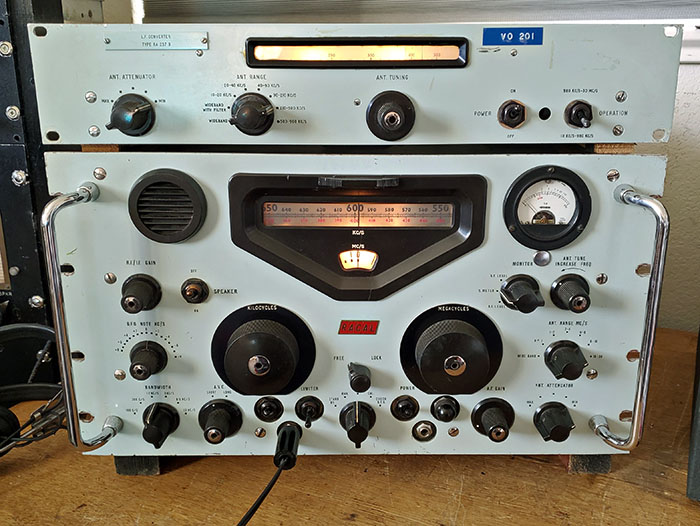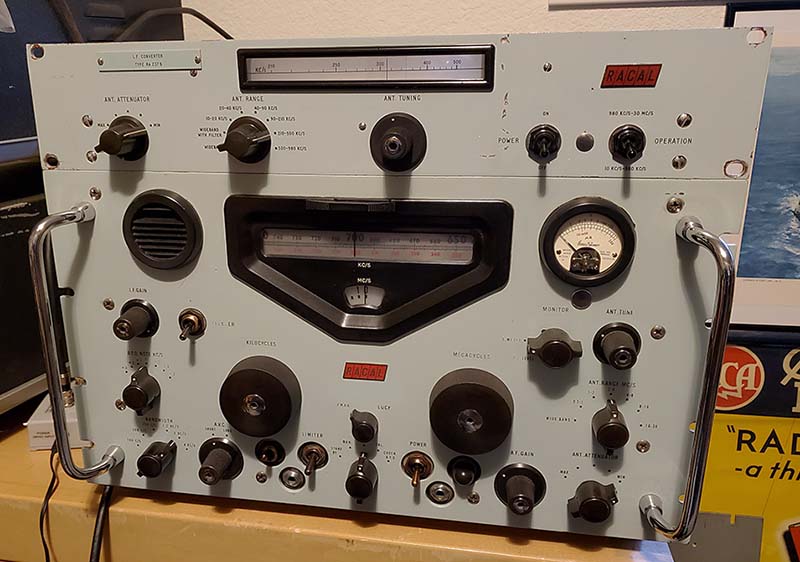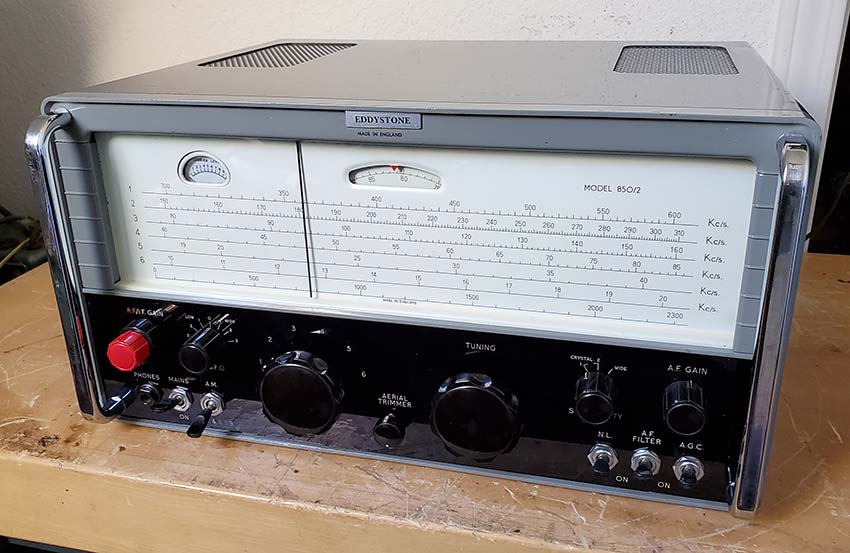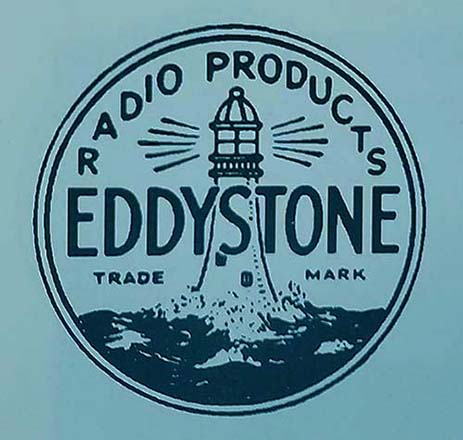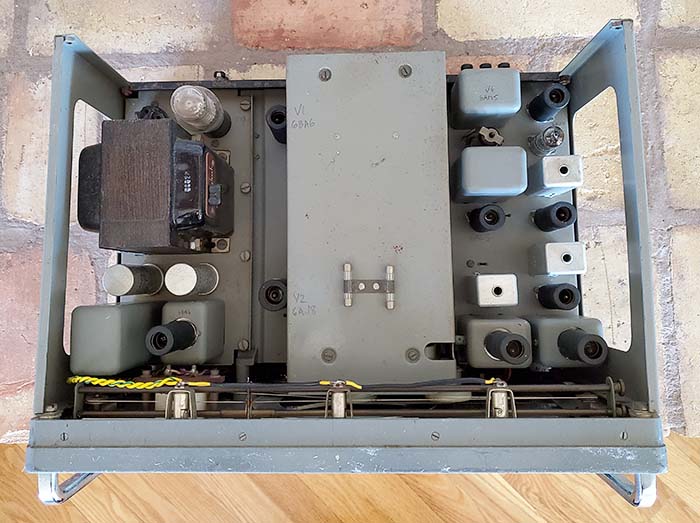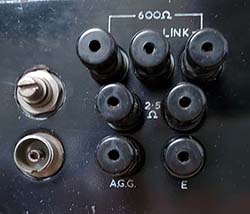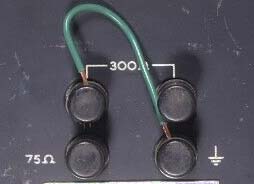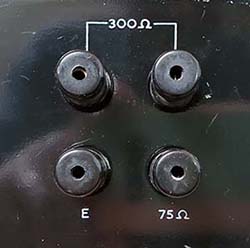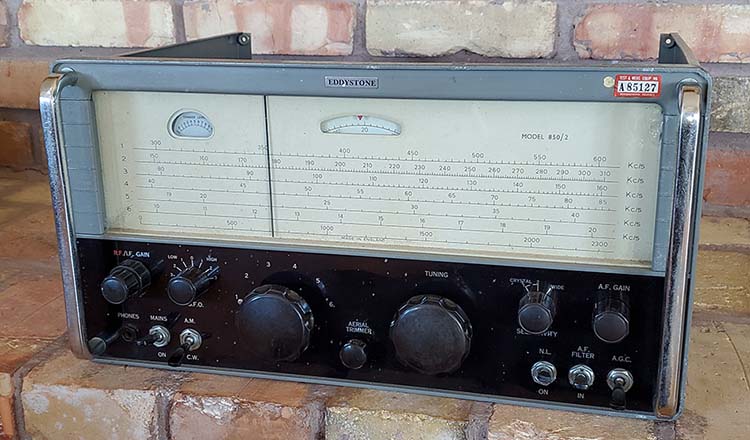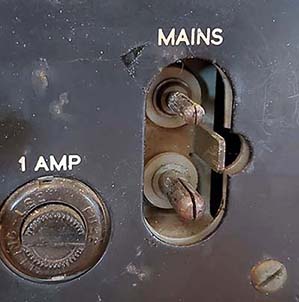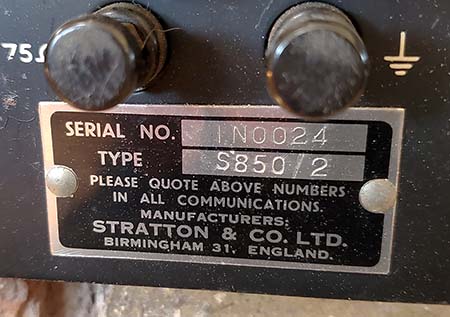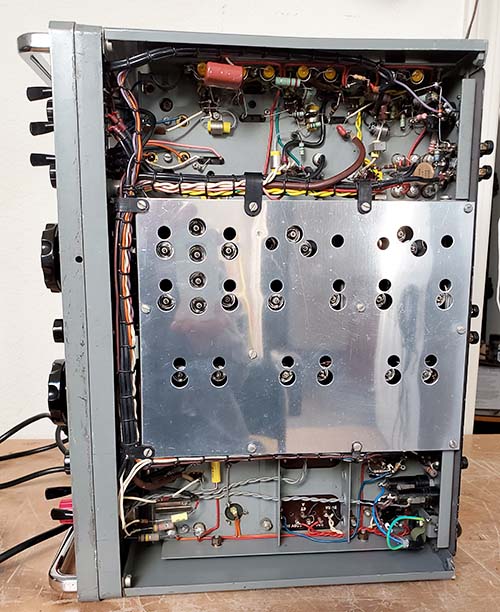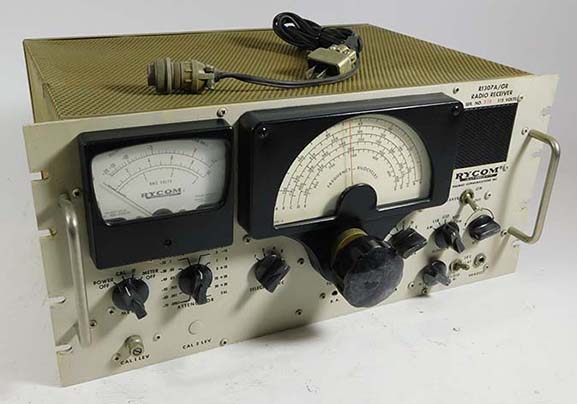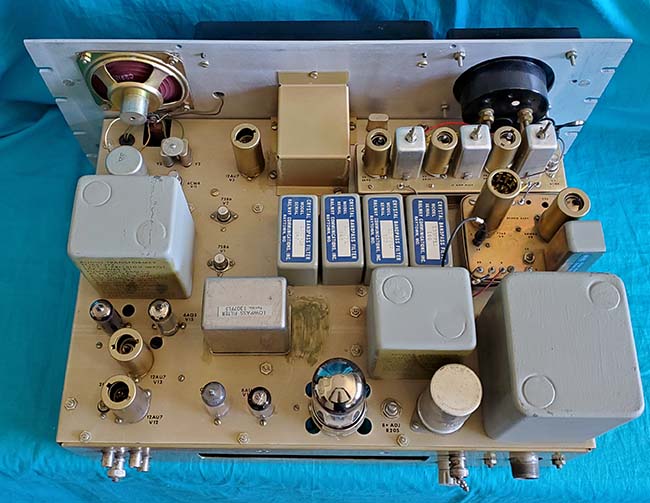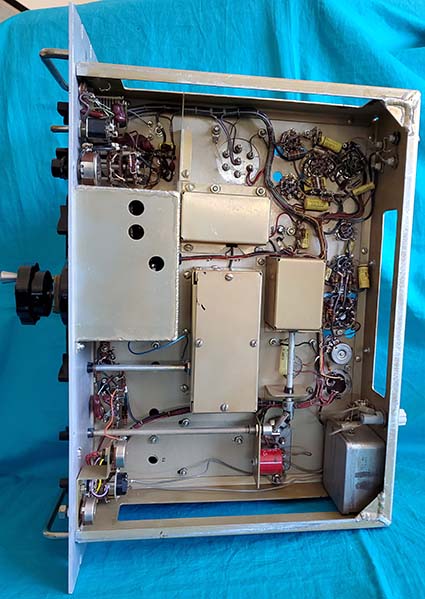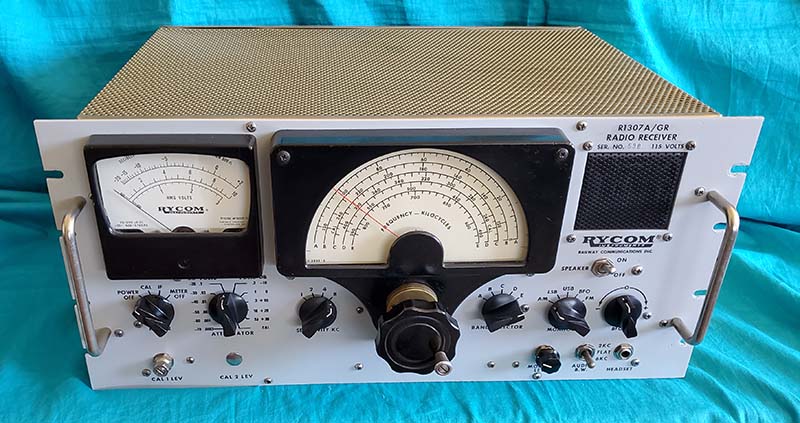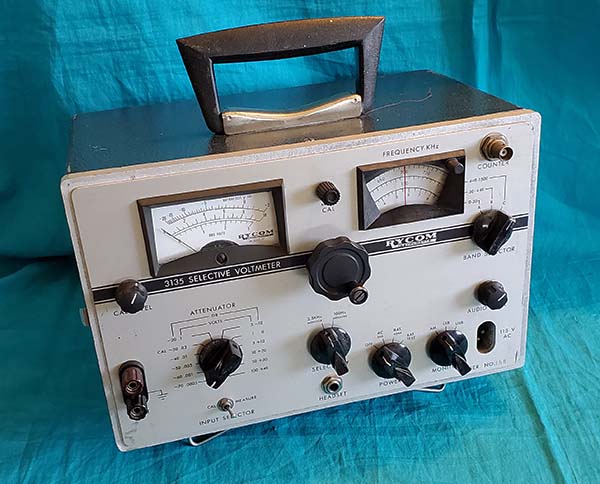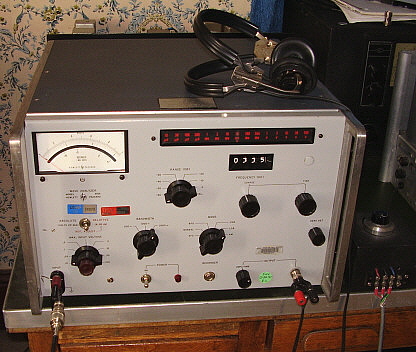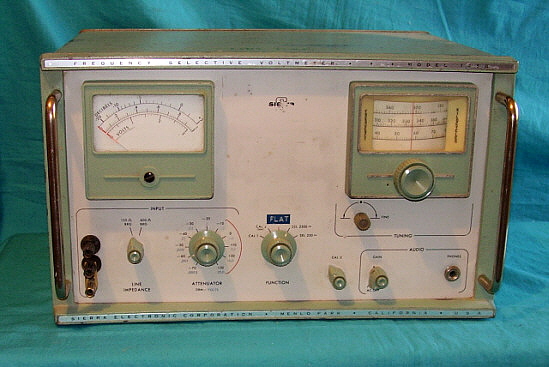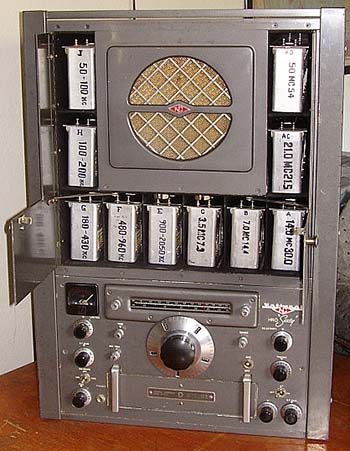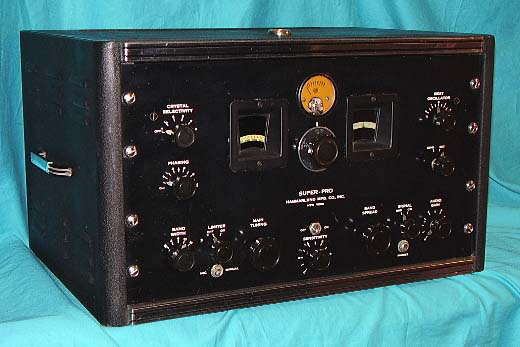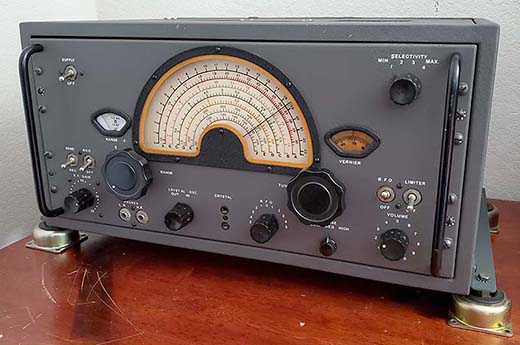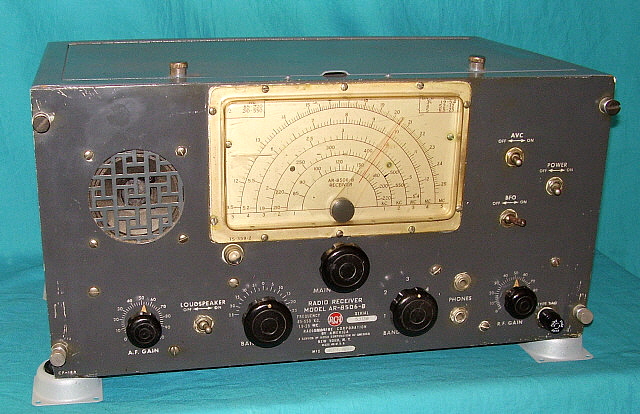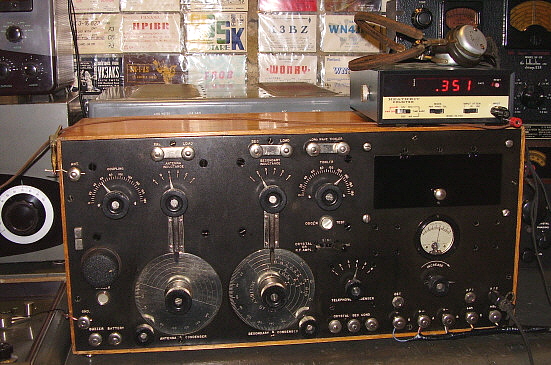|
Dec 1, 2022
2207hrs to 2229hrs
LGD 296kc LaGrande, OR*
UNT 312kc Penticton, BC, CAN*
DC 326kc Princeton, BC, CAN
MA 326kc Midland, TX*
RYN 338kc Tucson, AZ
OIN 341kc Oberlin, KS
XX 344kc Abbottsford, BC, CAN
POY 344kc Powell, WY
SBX 347kc Shelby, MT*
MEF 356kc Medford, OR
GGF 359kc Grant, NE*
RPX 362kc Roundup, MT
6T 362kc Foremost, AB, CAN*
SX 367kc Cranbrook, BC, CAN
EX 374kc Kelowna, BC, CAN*
GC 380kc Gillette, WY*
CNP 383kc Chappell, NE*
IAETEU 388kc ? Copied call several times
FMZ 392kc Fairmount, NE*
MOG 404kc Montegue, CA
CO 407kc Colo. Sprs., CO*
MW 408kc Moses Lake, WA
LYI 414kc Libby, MT*
GRN 414kc Gordon, NE* Cndx seem much better now than in November.
Pixel Loop NE-SW. 24
stations tuned in about 25 minutes. Best DX either 6T in Alberta or MA
in Texas. 4 Nebraska NDBs. The beacon that ID'd "IAETEU" was moderately
strong and sent this call several times - always the same - so it probably
wasn't
mis-keyed or mis-programmed. 13 new
shown with * - total is 31 stations |
Dec 4, 2022
2205hrs to 2230hrs
TOR 293kc Torrington, WY
QR 290kc Regina Int'l AP, SK, CAN
POA 332kc Hilo, HI
ODX 355kc Ord, NE
K2 376kc Olds-Didsbury, AB, CAN
TW 389kc Twin Falls, ID
Cndx okay, some static crashes from storm in Sierra. A
few very weak stations heard below 290kc, RST 119. 17 stations
heard, 6 new shown above. Except for a few "blow-torch" signals, most
NDBs copied are RST 439 or so. Solid copy but fairly weak signals.
Total for SP-600-VLF is now 37
________________________________
Dec 9, 2022
2215hrs to 2232hrs
WG 248kc Winnepeg, MB, CAN
XC 242kc Cranbrook, BC, CAN
BR 233kc Brandon, MB, CAN
HLE 220kc Hailey, ID
Cndx good, storm coming in, some "pops"
Tuned in 9 stations in 17 minutes of listening. 4 new NDBs shown above
(all below 250kc.)
Best DX probably POA in Hawaii but Manitoba is good DX too (QR also
copied.)
Total for SP-600-VLF is now 41 |
Dec 23, 2022
2205hrs to 2235hrs
JDM 408kc Colby, KS
YWB 389kc West Bank, BC, CAN
HAU 386kc Helena, MT
ON 356kc Penticton, BC, CAN
YXL 346kc Sioux Lookout, ON, CAN*
FF 337kc "Hamre" Fergus Falls, MN - new #383
XH 332kc Medicine Hat, AB, CAN
YQF 320kc Red Deer, AB, CAN 24 stations tuned in 30
minutes. Cndx Good.
7 new stations for the SP-600VLF shown above.
1 newly heard NDB, FF 337kc Fergus Falls, MN
being #383 after a very long "dry spell" - last new NDB was in
Nov 2020. Total for SP-600-VLF is now 48
* I had YXL listed
on Nov 1 and counted it in the total then but I've listed it again here
since Nov 1 wasn't really a log. So 41+7=48 Total
___________________________________
Dec 25, 2022 2145hrs to
2215hrs YCD 251kc Nanaimo, BC, CAN
VR 266kc Vancouver, BC, CAN
YPW 382kc Powell River, BC, CAN
SB 397kc San Bernardino, CA 17 stations tuned in 30 minutes. Cndx noisy until
2200hrs, then quiet. Pixel Loop N-S,
4 new, shown above. Total for
SP-600-VLF is now 52 |
|
Dec 30, 2022
2205hrs to 2225hrs
LLD 353kc Lanai City, HI
17 stations heard, 1 new shown above.
Pixel Loop E-W
Total for SP-600 VLF is now 53
____________________________
Dec 31, 2022
to Jan 20, 2023
Intense storm on New Year's Eve with heavy, wet snow toppled
my 40ft Locust tree onto outdoor wire antenna pulling it to the
ground. Snow still on ground three weeks later. Just was able to
get Locust tree remains cut up and removed Jan 18, 2023. For
sometime now, I've suspected that the Pixel
Loop's performance is down from former years. So, put up a sloper wire antenna 84 feet long on Jan 28.
_____________________________
Jan 28, 2023
2150hrs to 2220hrs
LW 257kc Kelowna, BC, CAN
PND 356kc Portland, OR
SIT 358kc Sitka, AK
84ft sloper wire antenna, cndx good
16 stations tuned in 30 minutes, 3 new
Total for SP-600-VLF is now 56
|
Feb 13, 2023
2205hrs to 2230hrs
21 stations tuned in, none were new for the
SP-600-VLF. Best DX was WG in Winnepeg, MB. New antenna is a
240'x108' "T" wire antenna that provides strong signals and the
noise level isn't too bad.
_____________________ |
|
